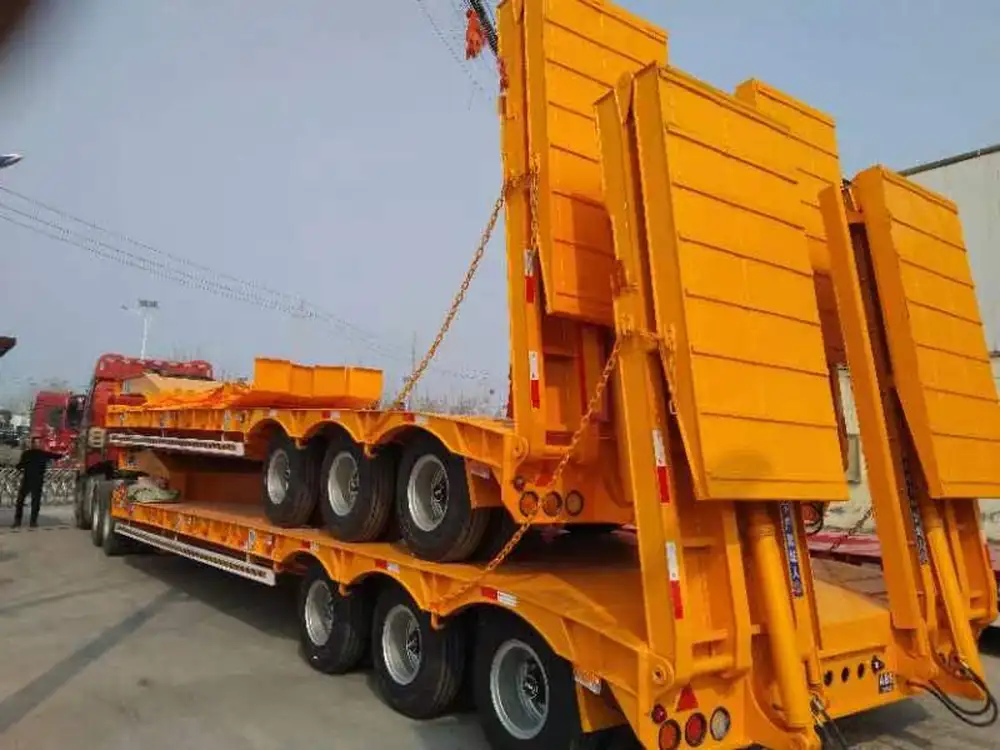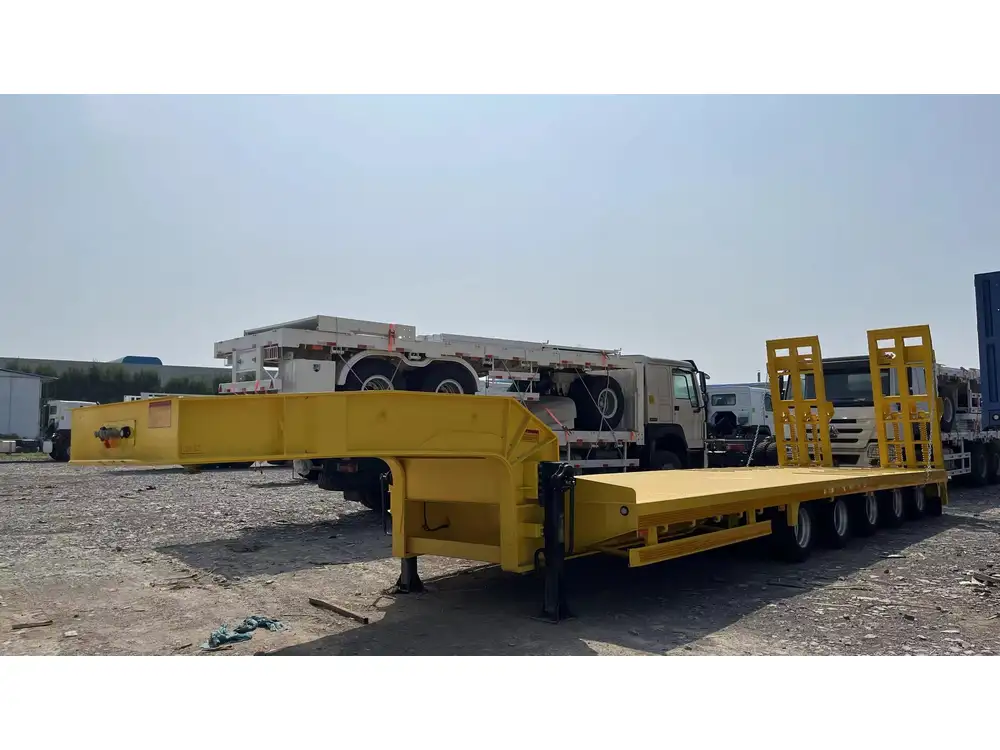In the logistics and transportation sector, securing shipping containers to trailers is paramount. A secure attachment not only ensures the safety of the container’s contents during transport but also protects the integrity of roadways and the well-being of other vehicles. This guide will delve into the intricacies of effectively securing a shipping container to a trailer, focusing on various techniques, equipment, and key considerations essential for achieving a successful and safe transport.
Understanding the Importance of Secure Containers
Before exploring methods to secure shipping containers, it’s vital to comprehend why this task demands thorough attention:
- Safety: A shifting or unsecured container poses a serious hazard to road safety, potentially leading to accidents.
- Cargo Integrity: Securing a shipping container adequately prevents damage to its contents caused by movement during transit.
- Regulatory Compliance: Depending on local regulations, proper securing of cargo is often mandated, making adherence not just advisable but necessary.
Key Factors Influencing Container Security
Several factors influence how well a shipping container can be secured to a trailer. Understanding these can assist in selecting suitable methods:
| Factor | Description |
|---|---|
| Container Size & Weight | The dimensions and weight of the container will determine the size and type of trailer required. |
| Type of Trailer | Different trailers may require distinct securing methods; flatbeds, tilt beds, and others offer unique challenges. |
| Transport Environment | The type of roads (urban, rural, freeway) can affect how the container should be secured. |
| Weather Conditions | Rain, snow, or high winds can affect the dynamics of transport and necessitate additional securing measures. |

Securing Methods: Techniques and Tips
1. Using Twist Locks: The Foundation of Security
Twist locks are a highly effective way to secure shipping containers to trailers, especially for standardized intermodal containers (ISO containers). These locks are situated on the corners of containers and are designed to engage with corresponding fittings on the trailer.
Steps to Secure with Twist Locks:
- Position the Container: Align the container over the trailer’s twist lock fittings.
- Lower the Container: Gently lower the container onto the trailer, ensuring that it fits snugly over the locks.
- Engage Twist Locks: Rotate the locks by using a specialized tool or manually if accessible. Confirm that the locks are fully engaged.
- Check Lock Integrity: Conduct a visual inspection to ensure that locks are securely fastened.
Advantages of Twist Locks:
- Easy to engage and disengage
- Designed specifically for container securing
- Highly durable and reliable

2. Securement Straps
In addition to or as an alternative to twist locks, securement straps can be employed. These are particularly useful for securing smaller containers or in situations where twist locks are not available.
Steps to Use Securement Straps:
- Select Appropriate Straps: Use ratchet straps designed for heavy-duty loads to ensure resilience.
- Anchor to Trailer: Hook one end of the strap to designated anchor points on the trailer.
- Wrap Around Container: Loop the strap around the container, ensuring it covers the container’s top and sides for maximum grip.
- Tighten Straps: Use the ratchet mechanism to tighten the strap firmly across the container.
Key Tips:
- Ensure straps are free of any damage before use.
- Inspect tension regularly, particularly before long trips.
3. Use of Dunnage Bags
Dunnage bags serve as an excellent tool for filling any gaps between the container and the trailer to prevent movement. They absorb shocks from the road and provide additional stability.

Using Dunnage Bags:
- Position Dunnage Bags: Insert empty dunnage bags into any gaps between the trailer and the container.
- Inflate Bags: Use an air pump to inflate the dunnage bags, allowing them to fill the space entirely.
- Secure with Straps: You may still want to use securement straps alongside the dunnage bags for added safety.
Benefits:
- Helps to absorb any vibrations and jolts during transport.
- Provides additional cushioning that reduces wear on the container.
4. Spreader Bars
A spreader bar can be an effective choice for securing larger, heavier shipping containers. A spreader bar distributes weight evenly across the container, reducing stress on any single point.
Ensuring Effective Use of Spreader Bars:
- Measure and Select the Bar: Ensure the spreader bar is rated for the load you’re planning to transport.
- Attach Slings: Secure slings connected to the spreader bar to the container’s lifting points.
- Lift and Position: Using a crane or appropriate lifting apparatus, raise the container and position it over the trailer.
- Secure in Place: Once the container is on the trailer, use twist locks or straps to secure it firmly.
Pros:
- Prevents excessive stress at lifting points during transport.
- Facilitates safer loading and unloading of the container.

Common Mistakes to Avoid
Despite the array of securing methods available, certain pitfalls must be acknowledged and avoided:
Neglecting Inspections
- Pre-Transport Checks: Always check equipment like straps and locks for wear and tear prior to loading.
- Post-Loading Checks: A quick inspection post-loading can save you from significant challenges during transit.
Ignoring Weather Conditions
- Be aware of adverse weather and adjust your securing methods accordingly. Use additional securing measures for high winds or rainy conditions.

Overlooking Legal Regulations
- Familiarize yourself with local transport regulations regarding container securing to ensure compliance and avoid fines or legal issues.
Conclusion: Ensuring Secure Transport for Your Shipping Containers
The act of securing a shipping container to a trailer is foundational for successful logistics operations. By employing appropriate methods—such as twist locks, securement straps, dunnage bags, and spreader bars—coupled with diligent inspections and adaptations to environmental conditions, manufacturers and transporters can safeguard their cargo, enhance safety, and promote effective operations.
By following the guidelines outlined in this comprehensive guide, you will not only protect the integrity of the cargo you transport but also augment the overall efficiency of your logistical endeavors. Now equipped with knowledge and practical advice, ensure your shipping containers are securely transported every time.



